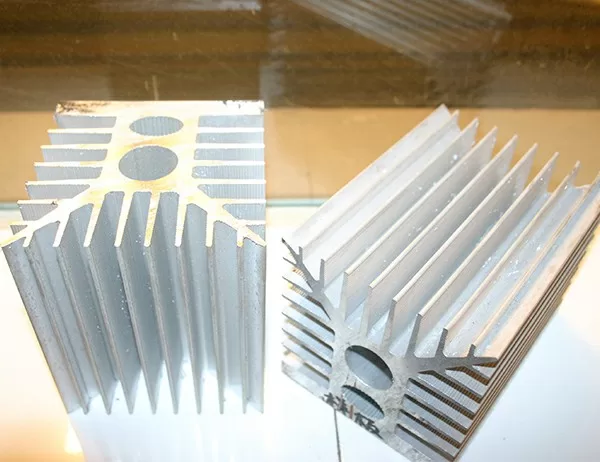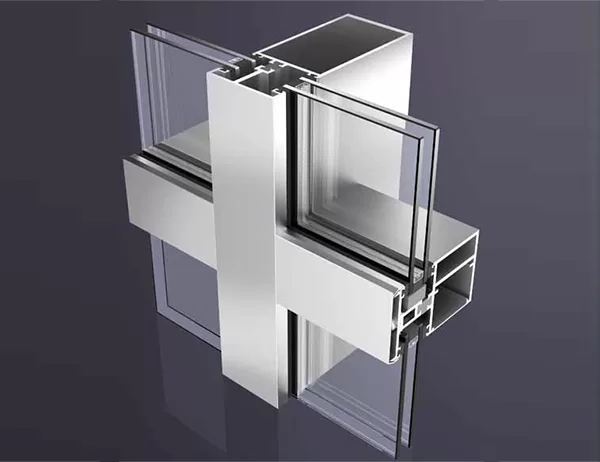The Evolution of Aluminum Molding Profiles in Design: A Journey into Innovation
The world of design and construction is constantly evolving, and the use of aluminum molding profiles is a prime example of this evolution. These versatile extrusions have become an integral part of countless architectural, industrial, and commercial projects, transforming the way we shape and enhance our physical environments.
In the early days, aluminum molding profiles were primarily used for basic structural and decorative purposes. However, advancements in extrusion technology have opened up a realm of possibilities, allowing designers to create increasingly complex and sophisticated shapes with remarkable precision.
One key area of innovation has been the development of profiles with integrated features. These multi-functional profiles incorporate elements such as channels for wiring, LED lighting, and acoustic dampening materials. This allows designers to achieve a streamlined and aesthetically pleasing result while maximizing space and functionality.
Another major trend has been the exploration of anodized and powder-coated finishes. These surface treatments provide a wide range of colors and textures, enabling designers to match profiles to specific design schemes and protect them from corrosion and wear.
Furthermore, the use of sustainable materials has become increasingly important. Recycled aluminum has been introduced into the production of molding profiles, reducing environmental impact without compromising performance.
The evolution of aluminum molding profiles has not only enhanced their aesthetic appeal but also increased their adaptability for a diverse range of applications. From sleek architectural accents to durable industrial components, these versatile extrusions continue to redefine the boundaries of design and make a significant contribution to the built environment.
As technology continues to advance, the future of aluminum molding profiles is expected to bring even more innovative and transformative possibilities. The integration of smart materials, IoT connectivity, and personalized design will further enhance the functionality and aesthetics of these essential building blocks.




